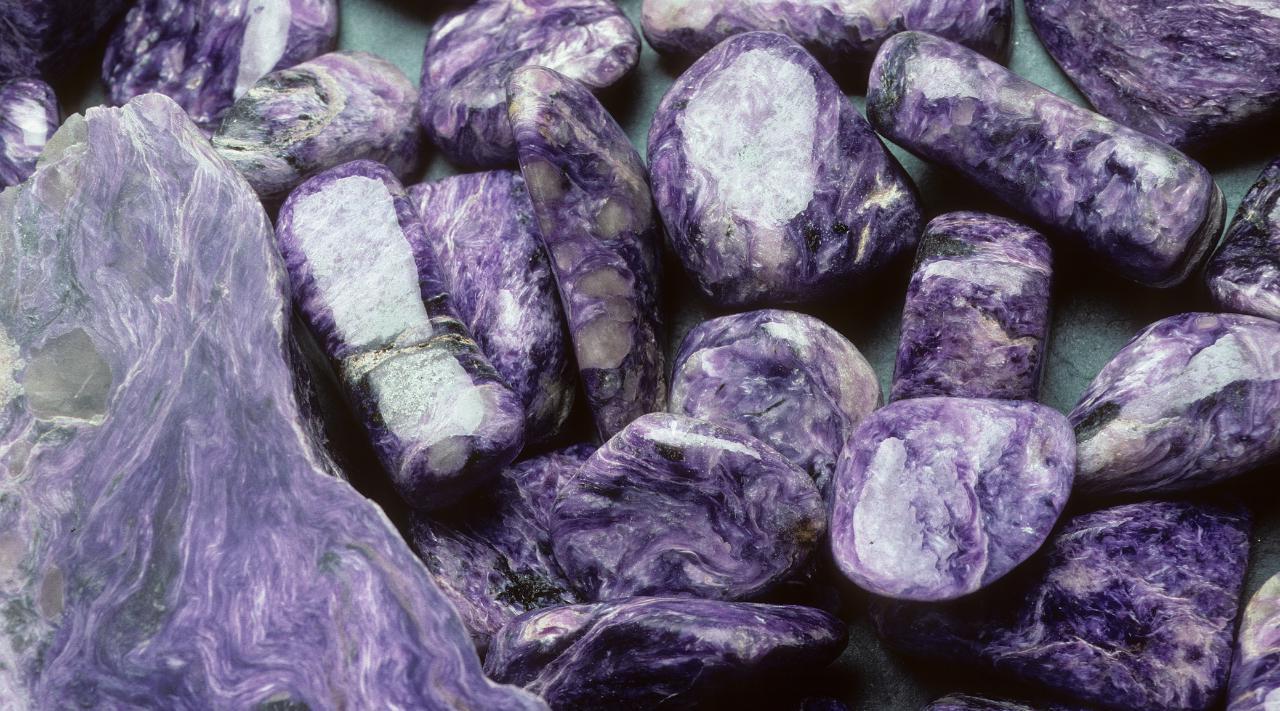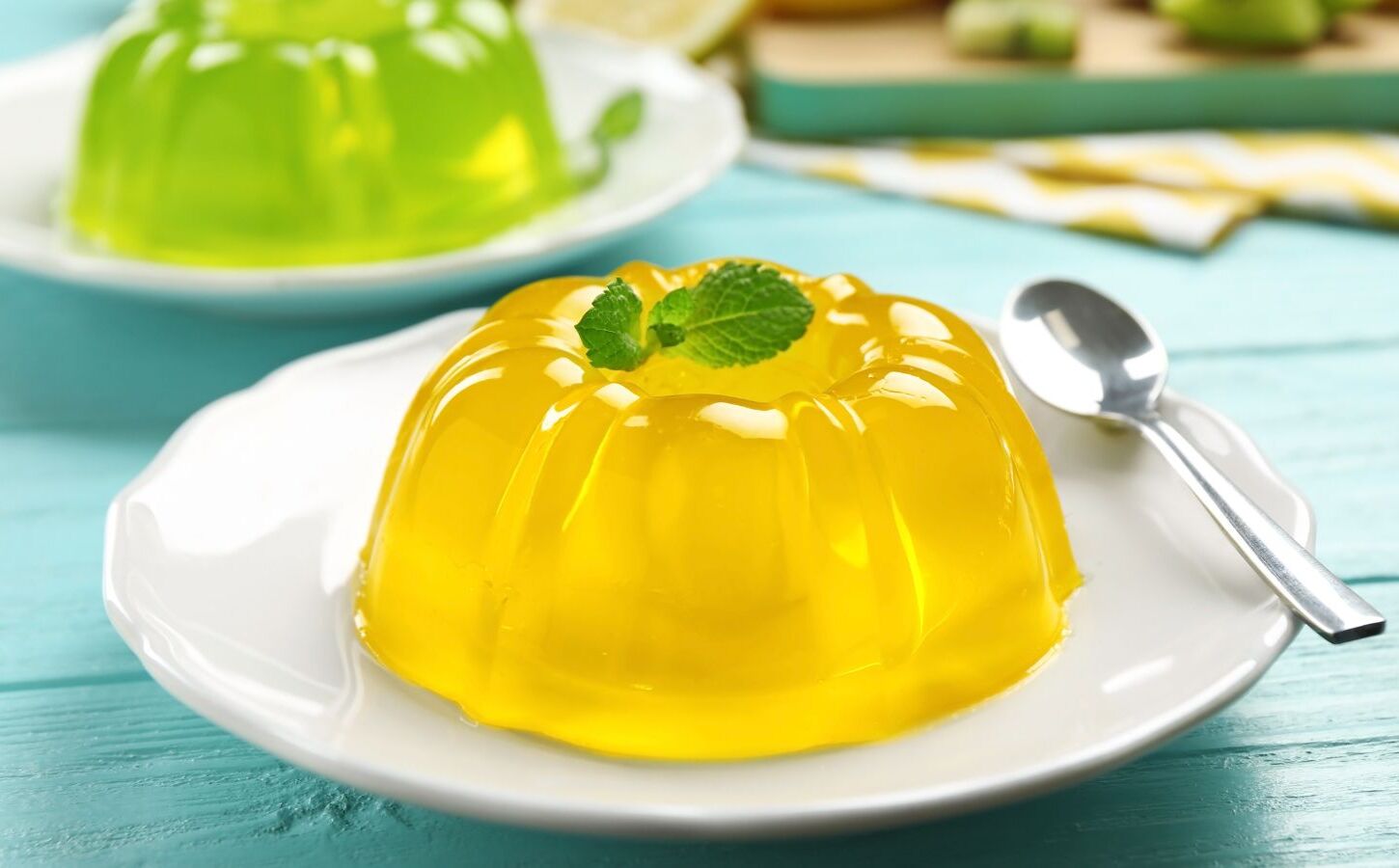
What is Charoite? Charoite is a rare, captivating mineral known for its stunning purple hues and swirling patterns. Found exclusively in Siberia, Russia, this unique stone has fascinated gem enthusiasts and collectors alike. Its vibrant colors range from lavender to deep violet, often with streaks of white, black, or brown. Charoite is not just a pretty face; it’s also believed to have powerful metaphysical properties. Many claim it helps with emotional healing, stress relief, and spiritual growth. Whether you’re a geology buff or someone who loves beautiful things, charoite offers something special. Ready to dive into 50 intriguing facts about this mesmerizing mineral? Let’s get started!
Key Takeaways:
- Charoite is a rare and captivating gemstone with vibrant purple hues, known for its unique patterns and metaphysical properties. It has historical significance and is versatile in jewelry, decorative items, and holistic healing practices.
- Care for charoite by cleaning with mild soap and water, avoiding harsh chemicals, and storing it away from sunlight. Handle with care to prevent damage and have it professionally cleaned and inspected for lasting beauty.
What is Charoite?
Charoite is a rare and captivating mineral known for its vibrant purple color and unique patterns. Found primarily in Russia, this gemstone has fascinated collectors and gem enthusiasts alike. Here are some intriguing facts about charoite that highlight its beauty and significance.
- Charoite was first discovered in the 1940s but wasn't recognized as a distinct mineral until 1978.
- The name "charoite" comes from the Chara River in Siberia, near where it was found.
- This mineral is known for its striking purple hues, which can range from lavender to deep violet.
- Charoite often displays swirling patterns and fibrous textures, making each piece unique.
- It is primarily composed of potassium, calcium, and silicate minerals.
- The gemstone's vibrant color is due to the presence of manganese.
- Charoite is typically found in massive formations rather than as individual crystals.
- It has a hardness of 5 to 6 on the Mohs scale, making it suitable for various types of jewelry.
- The primary source of charoite is the Murun complex in Siberia, Russia.
- Charoite is often used in cabochons, beads, and ornamental carvings.
Historical Significance of Charoite
Charoite's discovery and subsequent recognition have added to its allure. Let's delve into its historical background.
- The first significant deposit of charoite was found in the Murun mountains in Siberia.
- Soviet geologists initially discovered charoite while exploring for uranium deposits.
- It took nearly three decades for charoite to be officially classified as a mineral.
- Charoite gained popularity in the 1970s and 1980s as a decorative stone.
- Russian artisans have used charoite to create intricate carvings and inlays.
- The gemstone became a symbol of Russian pride due to its unique origin.
- Charoite was once considered a state secret by the Soviet Union.
- The mineral's rarity has made it a sought-after collector's item.
- Charoite is often associated with the Russian spirit and resilience.
- It has been featured in various exhibitions and gem shows worldwide.
Metaphysical Properties of Charoite
Many believe charoite possesses unique metaphysical properties. Here are some insights into its spiritual significance.
- Charoite is thought to be a stone of transformation and change.
- It is believed to help overcome fears and phobias.
- Some use charoite to enhance intuition and psychic abilities.
- The gemstone is said to promote emotional healing and balance.
- Charoite is often used in meditation practices to deepen spiritual awareness.
- It is thought to aid in releasing negative emotions and past traumas.
- Many believe charoite can help with decision-making and clarity of thought.
- The stone is associated with the crown and heart chakras.
- Charoite is said to foster a sense of inner peace and tranquility.
- It is often used as a protective stone against negative energies.
Uses and Applications of Charoite
Charoite's beauty and unique properties make it versatile in various applications. Here are some common uses.
- Charoite is popular in jewelry, including rings, pendants, and earrings.
- It is often used in decorative items such as vases and bowls.
- The gemstone is a favorite for creating intricate carvings and sculptures.
- Charoite beads are commonly used in necklaces and bracelets.
- It is sometimes used in inlays for furniture and musical instruments.
- Charoite cabochons are prized by gem collectors and lapidaries.
- The stone is used in holistic healing practices and crystal therapy.
- Charoite is often incorporated into meditation tools and altars.
- It is a popular choice for making worry stones and palm stones.
- The gemstone is sometimes used in mosaic art and tile work.
Care and Maintenance of Charoite
Proper care is essential to maintain the beauty and integrity of charoite. Here are some tips for keeping it in top condition.
- Charoite should be cleaned with mild soap and water.
- Avoid using harsh chemicals or ultrasonic cleaners on charoite.
- Store charoite jewelry separately to prevent scratches.
- Keep charoite away from prolonged exposure to sunlight to prevent fading.
- Use a soft cloth to polish charoite and maintain its luster.
- Handle charoite with care to avoid chipping or breaking.
- Regularly inspect charoite jewelry for any signs of damage.
- Consider having charoite pieces professionally cleaned and inspected.
- Avoid wearing charoite jewelry during strenuous activities.
- Store charoite in a cool, dry place to preserve its color and quality.
The Final Word on Charoite
Charoite, with its vibrant purple hues and unique patterns, remains a gem of fascination. Found only in Siberia, this rare mineral captivates collectors and gem enthusiasts alike. Its discovery in the 1940s and subsequent rise in popularity highlight its enduring appeal. Whether you're drawn to its aesthetic beauty or its metaphysical properties, charoite offers something special. Remember, its rarity means it's often imitated, so always verify authenticity when purchasing. From its geological origins to its spiritual significance, charoite stands out as a truly remarkable stone. Keep these facts in mind, and you'll appreciate this gem even more.
Frequently Asked Questions
Was this page helpful?
Our commitment to delivering trustworthy and engaging content is at the heart of what we do. Each fact on our site is contributed by real users like you, bringing a wealth of diverse insights and information. To ensure the highest standards of accuracy and reliability, our dedicated editors meticulously review each submission. This process guarantees that the facts we share are not only fascinating but also credible. Trust in our commitment to quality and authenticity as you explore and learn with us.


